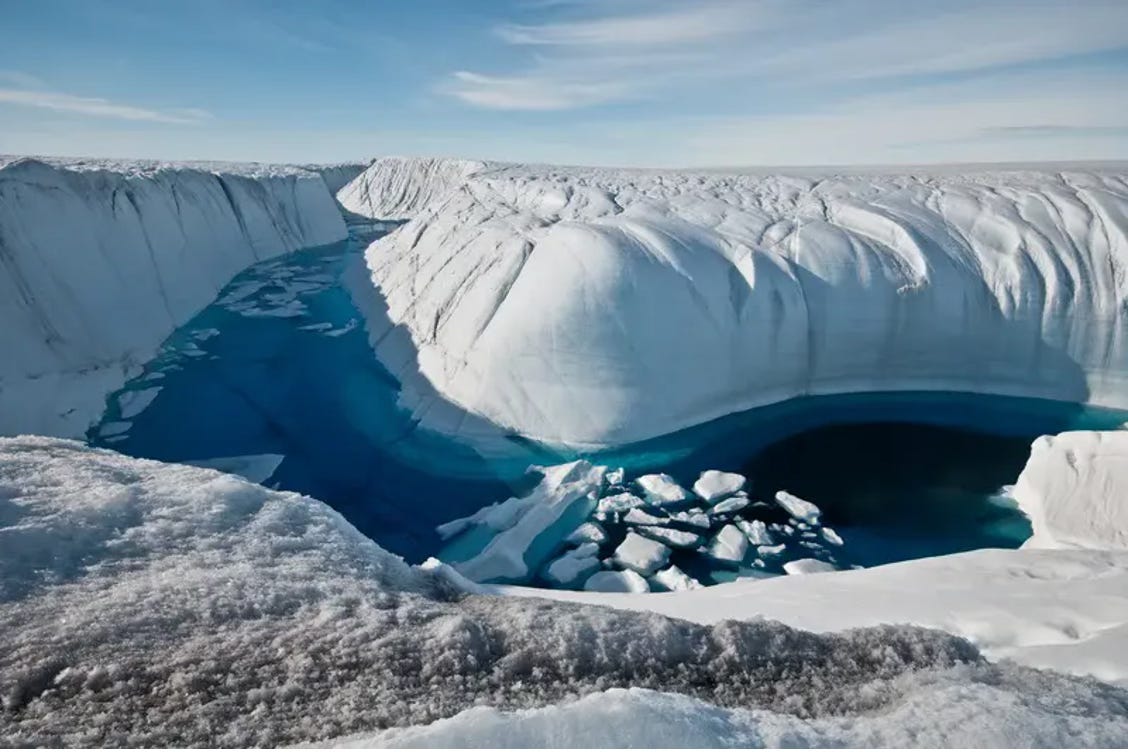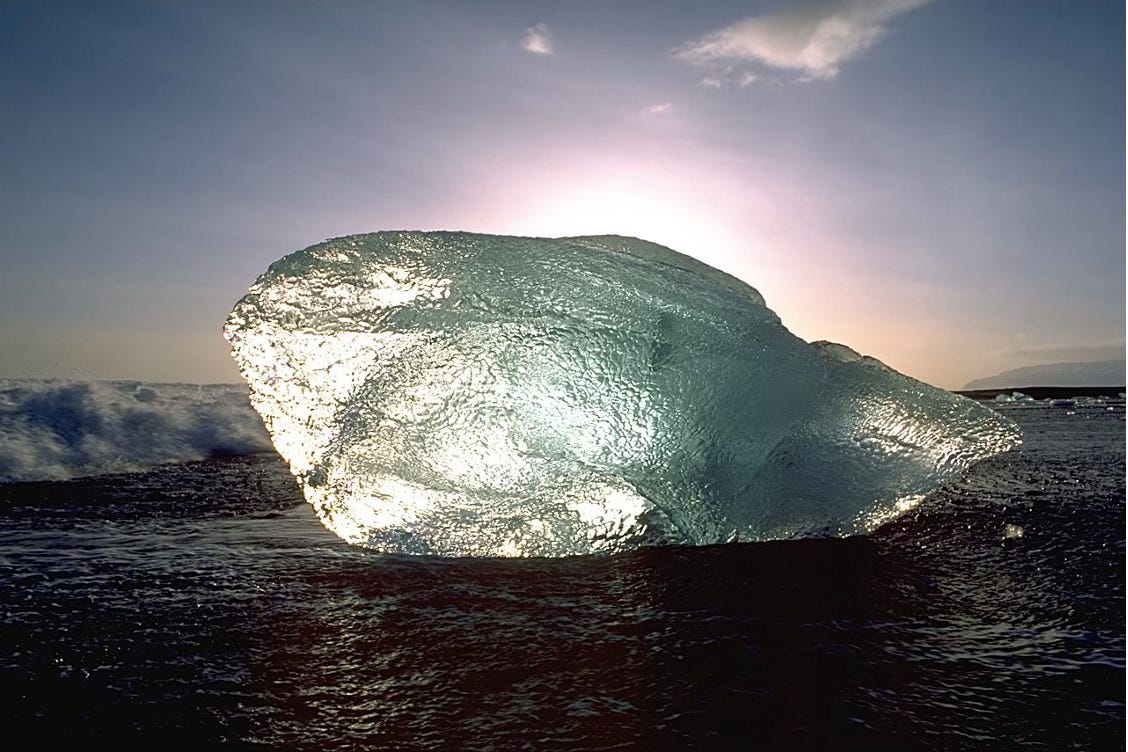Growing when the ice melts
For centuries, frontiers defined human progress. Oceans, continents, the American West, space, and technology — the desire to push past limits shaped our culture and fueled economic development. No region embodies the frontier more powerfully than the poles, defended by ice, a formidable obstacle to exploration. As early as 400 B.C., Ancient Greek philosophers speculated about the presence of a hypothetical landmass at the south pole. In the history of great explorations, the Poles were conquered last — people had reached almost every other region of the world before they set foot on the North and South Poles.
Today, the ice is in retreat. This is more than a climatic crisis. It is a dramatic development that challenges our collective vision of growth. The landscapes once unreachable — glaciers, oceans, coasts once protected by ice — are rapidly becoming more accessible. Charter companies and wealthy tourists now take advantage of these openings to cruise new grounds and enjoy the spectacle of a rapidly vanishing world. Some see the development of polar tourism as progress, because what was once impossible is now possible. The reality, however, is different. No effort was invested in pushing past obstacles; the barriers themselves have receded, irreversibly devaluing the experience of visiting these remote places.
For generations, frontiers gave us direction, purpose, and the promise of new possibilities. What happens when the horizon no longer pushes back? What happens when the very symbol of human perseverance, fortitude, and creativity — polar ice — melts beneath our feet? Easy access to these places leaves a new generation without references or sense of direction. They bear the daunting responsibility of imagining a model of progress that makes sense when their parents’ model no longer does.
This is why Ice Frontiers exists, not to glorify conquest or measure loss alone, but to help people everywhere and at every stage of life grapple with what it means to live in a world where the last frontier is vanishing. By witnessing the last frontier recede, we gain a new sense of purpose and a renewed understanding of growth and development — both personal and economic.
Embracing changes
The dominant narratives about climate change fail to provide a framework people can truly relate to. Scientific projects generate endless data and models, but these are too abstract to resonate. What’s the difference between 1.5°C and 3°C? For most people, the idea seems meaningless when they experience bigger daily swings between day and night without apparent harm.
The other common narrative is apocalyptic: a vision of inevitable catastrophe. This story is so overwhelming that it paralyzes rather than motivates. Faced with despair, many cope by procrastinating or disengaging. Climate is also often framed as a deviation from a pre-industrial “ideal” world. This backward-looking perspective amplifies the sense of loss and leaves little room for imagining how to live in what comes next.
Our perspective is different. The climate is changing. We don’t know how much it will change or what the full consequences will be; but we know it will not return to pre-industrial norms. Rather than resisting this reality, we need to embrace it. The task is not just technical but emotional: learning how to manage the feelings that change evokes. Fear and terror paralyze us. But fear is not the only option.
Every change carries multiple possible meanings. A burn scar from a forest fire can trigger grief and mourning. It can also invite curiosity about regeneration, hope that what grows back may be stronger, and a renewed sense of care for what remains. The story we tell ourselves about change shapes the emotions we feel, and those emotions drive our actions.
Cognitive Behavioral Therapy (CBT) offers a powerful analogy. CBT helps people recognize distorted thought patterns, challenge them, and replace them with more balanced perspectives that reduce distress and lead to healthier behaviors. In the same way, we must reframe our thoughts about climate change — not as an hopeless apocalypse, but as a reality we can face with resilience, imagination, and purpose.
We believe that adopting sustainable behaviors requires changing the way we think about climate change and the emotions those thoughts trigger. This shift can be nurtured by giving people opportunities to confront change in a supported, reflective environment, to voice the negative emotions it provokes, and to experiment with behaviors that transform those emotions into something constructive. In doing so, we prepare them not only to cope with change, but to lead in shaping a world where change is the only constant.
Through Ice Frontiers, I’ll share what it means to navigate these changing seas — both the ones outside and the ones within.



